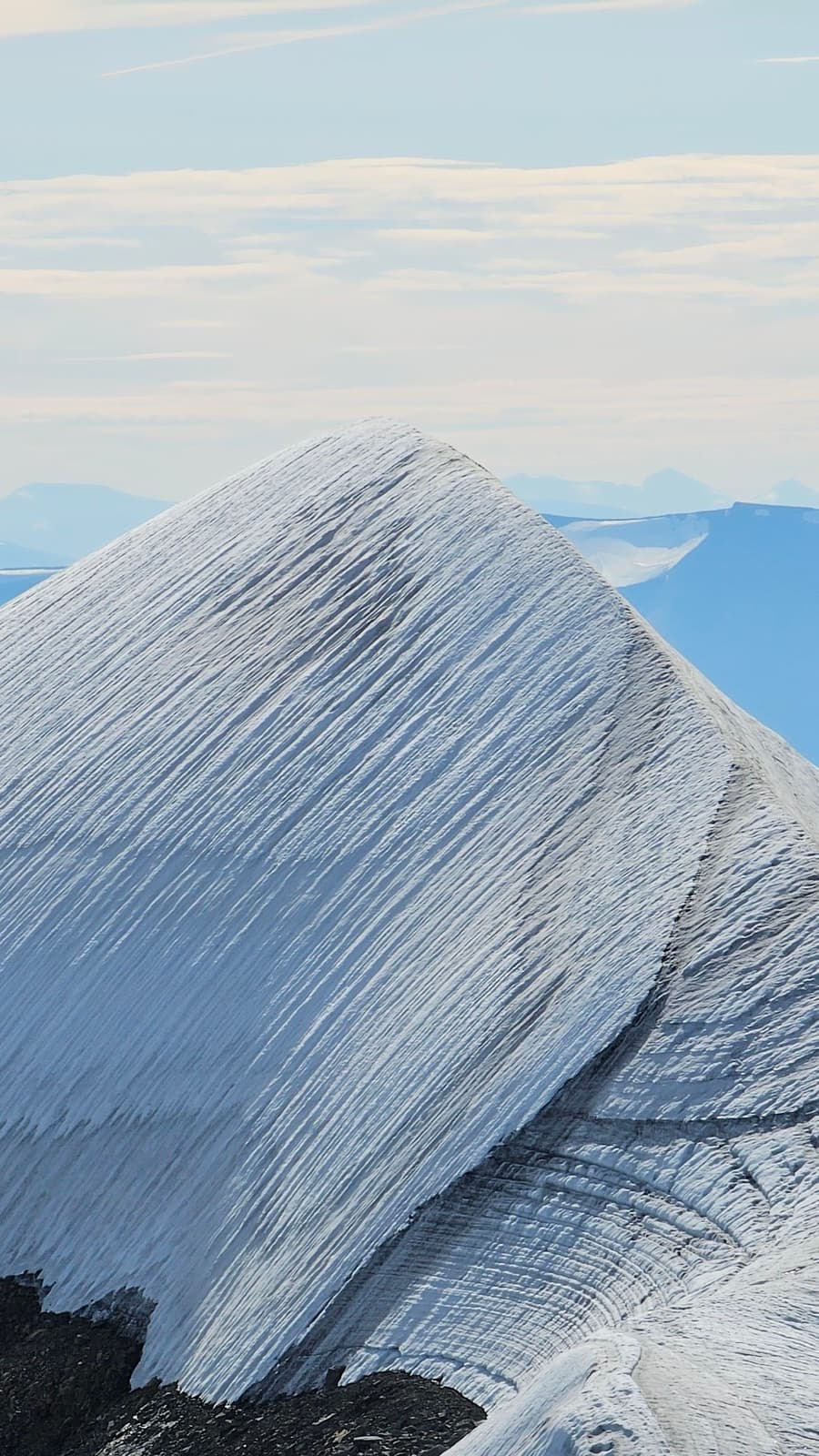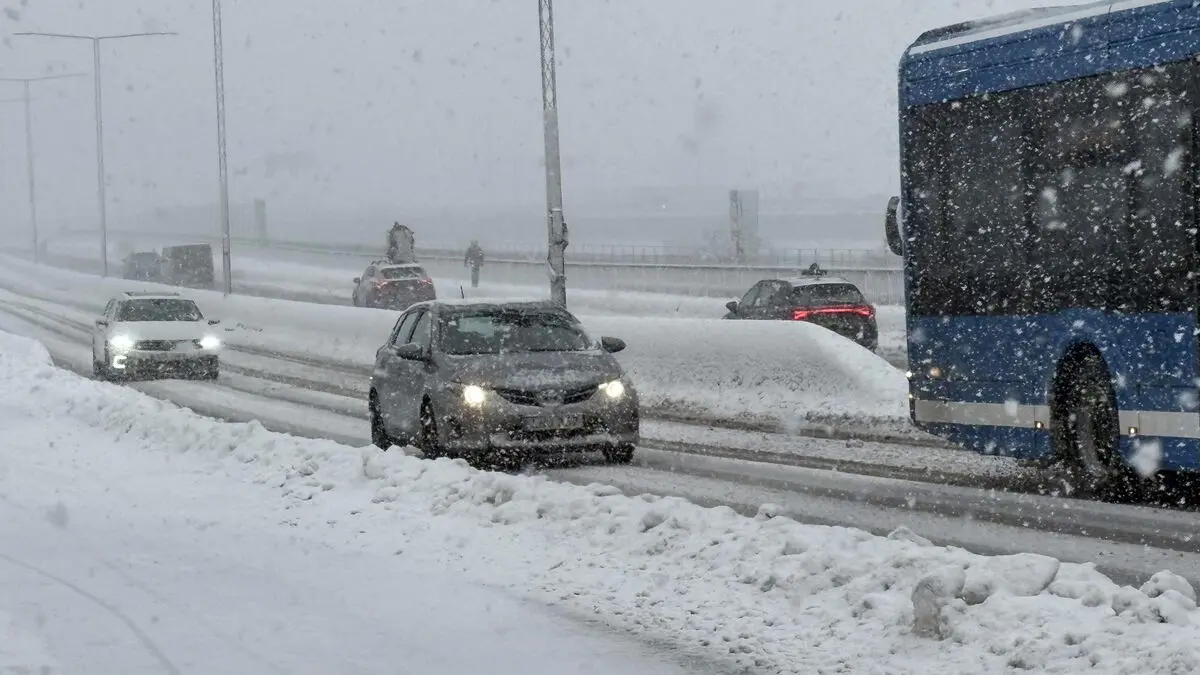On September 15, staff at Stockholm University's research station in Tarfala conducted the annual measurement of Kebnekaise's southern peak. This year, the height was measured at 2089.9 meters above sea level, a decrease of 3.3 meters compared to last year's measurement.
This is the most rapid melting in three decades.
Over the past ten years, it has fluctuated between one and two meters, says Nina Kirchner, professor of glaciology and head of the Tarfala research station.
Today, there are 30 meters of ice on the southern peak. If the melting continues at the same rate, the ice could be gone in ten years. If the decrease slows down, it may take a few more years.
I believe it lies in the near future that we must reckon with a southern peak without any ice, says Kirchner.
The average temperature in August was significantly higher this year – 9.1 degrees compared to 6.5 degrees on average over the past ten years. It is a contributing factor, but there is always natural variation, according to Kirchner.
The northern peak, which has an ice-free mountain top, constitutes Sweden's highest point for the sixth year in a row – 6.9 meters higher than the southern peak.





